Ready to build your own Founder-Led Growth engine? Book a Strategy Call
Frontlines.io | Where B2B Founders Talk GTM.
Strategic Communications Advisory For Visionary Founders
Actionable
Takeaways
Embrace AI Early, But Strategically:
Anand’s engagement with AI from the outset of Crowdbotics, despite market skepticism, illustrates the value of investing in emerging technologies. Yet, his approach wasn’t just about jumping on a bandwagon; it was about foreseeing the strategic application of AI in software development. For tech founders, this underscores the importance of not only adopting new technologies early but doing so with a clear vision of how they can fundamentally transform your offering.
Navigate Market Skepticism with Persistence and Education:
Crowdbotics faced initial doubts about the feasibility of AI-driven software development. This skepticism from the market is a common challenge for pioneering tech solutions. The key takeaway here is the importance of persistence and the role of educating your market. Demonstrating the tangible benefits and reliability of your technology can slowly shift perceptions and open up opportunities.
Identify and Leverage Unexpected Market Opportunities:
Crowdbotics' pivot to serve regulated industries like healthcare and government was not planned from the outset but emerged from listening to the market. This adaptability highlights the importance of being open to and prepared for pivoting your focus based on where the demand is, even if it leads you into areas you hadn't initially considered.
Champion and Shape Emerging Categories:
Crowdbotics is at the forefront of defining and promoting the CodeOps category. This proactive approach to not just participating in but actively shaping an emerging category can position a company as a leader and go-to authority in new industry segments. For founders, this means looking beyond fitting into existing categories and considering how you might define new ones.
Systematize Fundraising as a Rigorous Process:
Anand's experience in fundraising highlights the necessity of treating it as a systematic process that requires dedication and a strategic approach. For founders, it’s crucial to understand that fundraising is not just about selling your vision but about engaging in a structured process that involves thorough preparation, a deep understanding of investor landscapes, and a commitment to engaging a wide array of potential investors.
Conversation
Highlights
From Rejection to Revolution: How Crowdbotics Found Product-Market Fit in Regulated Industries
Most startup founders chase the obvious markets. But in a recent episode of Category Visionaries, Anand from Crowdbotics revealed how some of their biggest wins came from an unexpected direction – highly regulated industries that most startups actively avoid.
The journey wasn’t planned. “Gosh, that’s a great question. I had no idea. I would never have predicted that,” Anand admits when asked if targeting regulated industries was always the strategy. “Let me tell you why we ended up going into regulated spaces. It was really because customers pulled us in.”
This pull came from a unique advantage in Crowdbotics’ approach to software development. While many competitors focused on drag-and-drop tools that hide code complexity, Crowdbotics took a different path. “We are snapping together, recommending, selecting big building blocks of code into functional software,” Anand explains. “Each of those modules has been verified whitelisted by somebody inside your organization.”
This emphasis on verification and visibility resonated particularly well with regulated industries, where security and control are paramount. As Anand notes, “If you’re a CIO or a security officer, matters quite a bit in terms of understanding what your software is actually doing and if it is actually going to be secure or insecure.”
The turning point came from an initially disappointing venture into government contracts. “Our first efforts to get anywhere through the US government’s procurement process proved to be extraordinarily difficult,” Anand recalls. “We just got rejected over paperwork issues, over not knowing how to sell or engage with buyers inside the US government. It was extraordinarily demoralizing.”
Rather than retreat, Crowdbotics persevered. This persistence proved crucial as the government landscape began to shift. “I think there’s been a number of changemakers who have shown up inside positions in the federal government that say, we really need to adopt us grown technology and US grow innovation fast to stay competitive and efficient,” Anand explains.
The success with government contracts created a powerful ripple effect. “The US government is one, of course, that meeting their security standards means that we can work in a wide variety of contexts that are a little bit less meticulous,” says Anand. This credibility helped Crowdbotics expand into other regulated sectors like healthcare and finance.
For founders eyeing similar paths, Anand emphasizes the importance of systematic approaches to market entry. “Early founders who I advise sometimes underestimate exactly how much work is required to run a systematic fundraising process,” he notes. This same principle applies to market expansion – success requires methodical execution rather than opportunistic plays.
The company’s growth trajectory validates this approach. “For the last three years, we have doubled or tripled top line revenue every year. So 200% to 300% growth,” Anand shares. Much of this growth has come from large customers building mission-critical software systems.
Looking ahead, Crowdbotics is positioning itself as more than just another AI-powered development platform. “Solutions that are in the market today, or that have jumped into the market lately, often think about a very narrow approach to software creation using artificial intelligence,” Anand observes. Instead of following trends, they’re focused on creating systemic value through their modular approach to software development.
This focus on fundamentals over hype extends to their entire business philosophy. As Anand advises, “You got to build a company that’s going to be relevant over ten years, not over the six months or twelve months that there is a dynamic hype cycle around language models.”
For founders, the key takeaway isn’t just about targeting regulated industries – it’s about recognizing that sometimes the best opportunities lie in the markets others avoid. Success comes not from chasing trends, but from building something of lasting value, even if that means taking the harder path.
Recommended Founder
Interviews


James Evans
Co-Founder and CEO of CommandBar
James Evans, Co-Founder and CEO of CommandBar: $24 Million Raised to Build the Leading AI-Powered User Assistance Platform


Robert Whiteley
CEO of Coder
Robert Whiteley, CEO of Coder: $85 Million Raised to Power the Future of Developer Productivity


Matthew O’Riordan
CEO of Ably Realtime
Matthew O’Riordan, CEO of Ably Realtime: Over $82 Million Raised to Build the Future of Realtime Experience Infrastructure


Lukas Gentele
Co-Founder & CEO of Loft Labs
Lukas Gentele, CEO of LoftLabs: $5 Million Raised to Build the Virtual Kubernetes Category


Pascal Weinberger
CEO of Bardeen
Pascal Weinberger, CEO of Bardeen: $18 Million Raised to Build the Future of No-Code Automation


Jonathan Schneider
CEO and Co-Founder of Moderne
Jonathan Schneider, CEO & Co-Founder of Moderne: $20 Million Raised to Build the Future of Code Remediation

Liam Randall
CEO and Founder of Cosmonic
Liam Randall, CEO and Founder of Cosmonic: $8.5 Million Raised to Power the Future of WebAssembly


Gil Feig
CTO of Merge
Gil Feig, CTO of Merge: $75 Million Raised to Help B2B Companies Build Customer-Facing Integrations via It’s Unified API Platform


Mike Malone
CEO and Founder of Smallstep
Mike Malone, CEO and Founder of Smallstep: $26 Million Raised to Build the Future of Certificate Lifecycle Management For DevOps


Casey Rosenthal
CEO of Verica
Casey Rosenthal, CEO of Verica: $17 Million Raised to Build the Future of Chaos Engineering


Suresh Mathew
Founder and CEO of Sedai
Suresh Mathew, Founder and CEO of Sedai: $18 Million Raised to Automate Cloud Management for Critical Decisions


Matt Butcher
CEO of Fermyon
Matt Butcher, CEO of Fermyon: $26 Million Raised to Power the Future of WebAssembly


DeVaris Brown
CEO and Co-Founder of Meroxa
DeVaris Brown, CEO and Co-Founder of Meroxa: Over $19 Million Raised to Empower Engineering Teams with Better Stream Processing

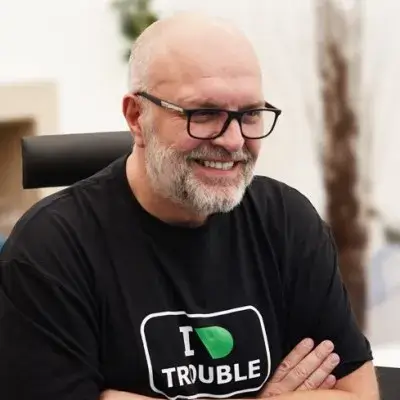
Costa Tsaousis
CEO and Founder of Netdata
Costa Tsaousis, CEO and Founder of Netdata: Over $30 Million Raised to Power the Future of Infrastructure Monitoring

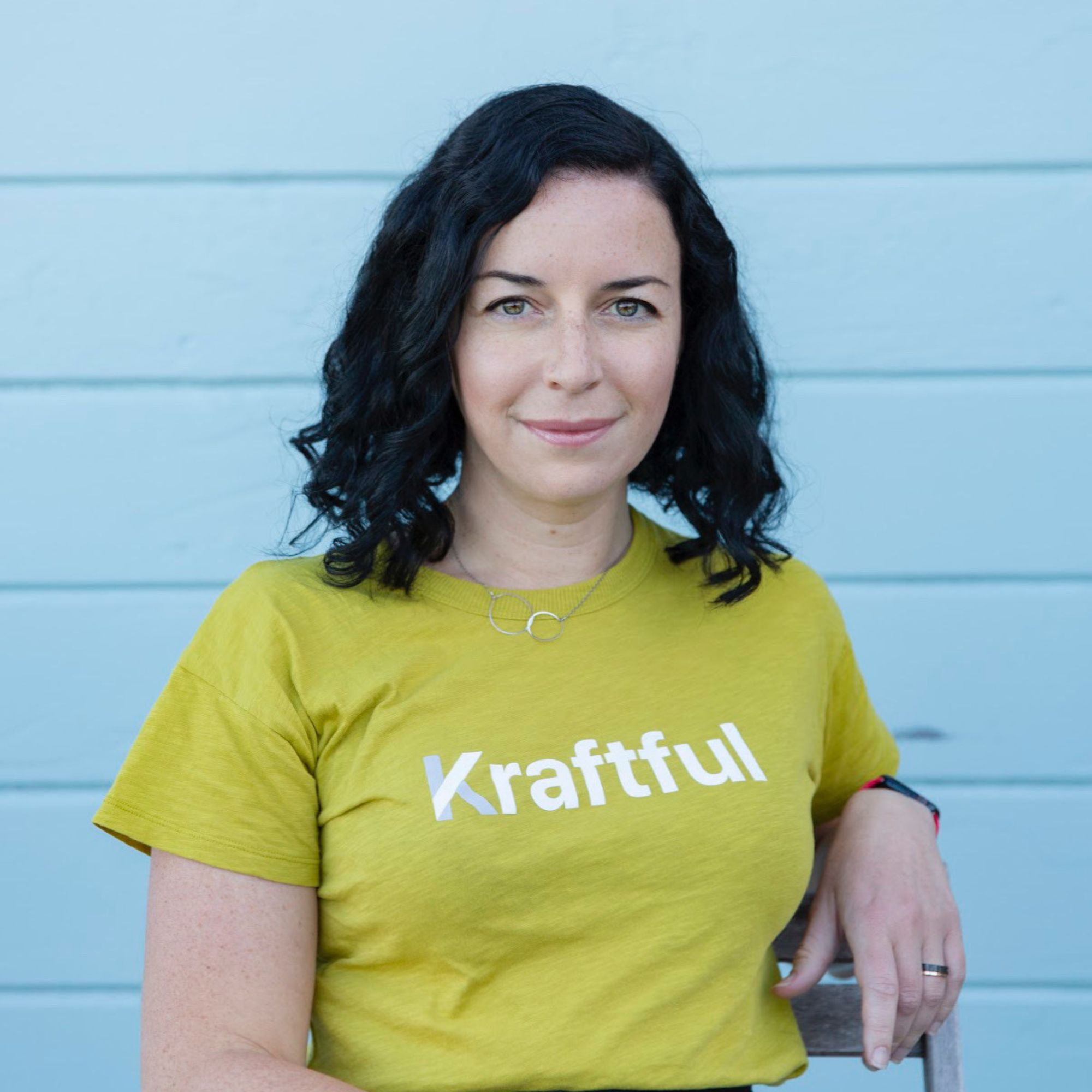
Yana Welinder
CEO and Founder of Kraftful
Yana Welinder, CEO and Founder of Kraftful: Over $3 Million Raised to Help Product Builders Create Better Products and Communities


Tomas Reimers
Co-Founder of Graphite
Tomas Reimers, Co-Founder of Graphite: $22.5 Million Raised to Build the Future of Code Reviews


Hersh Tapadia
Co-Founder & CEO of Allstacks
Hersh Tapadia, CEO of Allstacks: $16 Million Raised to Build the Value Stream Intelligence Category


Derric Gilling
Co-founder & CEO of Moesif
Derric Gilling, CEO of Moesif: $15 Million Raised to Build the Future of API Analytics


Florian Forster
CEO & Co-Founder of ZITADEL
Florian Forster, CEO & Co-Founder of ZITADEL: $11.5 Million Raised to Build the Future of Developer-First Identity Infrastructure


Paul Kim
CEO of Notifi
Paul Kim, CEO of Notifi: $12 Million raised to Build the Future of Web3 Communication Infrastructure


Harpreet Singh
Co-Founder and CEO of Launchable
Harpreet Singh, Co-Founder and CEO of Launchable: Over $12 Million Raised to Build the Future of Software Testing


Tim Kraska
Co-Founder of Einblick
Tim Kraska, Co-Founder of Einblick: $6M Raised to Build the Visual Data Computing Category


Martin Mao
CEO of Chronosphere
Martin Mao, CEO of Chronosphere: $250 Million Raised to Build the Future of Observability


Benjamin Wilms
CEO and Co-Founder of Steadybit
Benjamin Wilms, CEO and Co-Founder of Steadybit: $7.8 Million Raised to Build the Future of Chaos Engineering
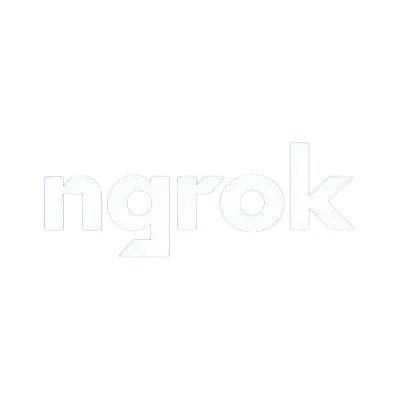

Alan Shreve
CEO and Founder of Ngrok
Alan Shreve, CEO and Founder of Ngrok: $50 Million Raised to Help Devs Deploy SItes, Services, and Apps


Chetan Venkatesh
CEO of Macrometa
Chetan Venkatesh, CEO of Macrometa: $38 Million raised to Build the Hyper Distributed Cloud for the Next Generation of Applications


Johnny Dallas
CEO and Co-Founder of Zeet.co
Johnny Dallas, CEO & Co-Founder of Zeet.co: $6M Raised to Power the Future of CI/CD & Deployment


Eden Full Goh
Founder & CEO of Mobot
Eden Full Goh, Founder & CEO of Mobot: Over $17 Million Raised to Power the Future of Mobile App Testing


Will Wilson
Co-Founder of Antithesis
Will Wilson, Co-Founder of Antithesis: $47 Million Raised to Build the Future of Autonomous Testing


Omri Gazitt
CEO & Co-Founder of Aserto
Omri Gazitt, CEO & Co-Founder at Aserto: $5 Million Raised to Build the Future of Authorization


Ori Keren
CEO and Co-Founder of LinearB
Ori Keren, CEO and Co-Founder of LinearB: Over $70 Million Raised to Build the Future of Software Delivery Management


Evan Kaplan
CEO of InfluxData
Evan Kaplan, CEO of InfluxData: Over $170 Million Raised to Build the Leading Time Series Provider


Ravi Parikh
CEO and Co-Founder of Airplane
Ravi Parikh, CEO and Co-Founder of Airplane: Over $40 Million Raised to Build Better Developer Infrastructure For Internal Tooling


Michael Corr
Founder and CEO of Duro Labs
Michael Corr, CEO of Duro Labs: $4 Million Raised to Power the Future of Hardware Engineering


Tom Hacohen
CEO and Founder of Svix
Tom Hacohen, CEO and Founder of Svix: $10.5 Million Raised to Power the Future of Webhooks


Egil Østhus
CEO and Co-founder of Unleash
Egil Østhus, CEO of Unleash: $16.5 Million Raised to Build the Future of Feature Management


Mike Long
CEO and Founder of Kosli
Mike Long, CEO and Founder of Kosli: $3.5 Million Raised to Deliver Secure Software Changes at Scale and Deploy to Production with Speed


Yingjun Wu
CEO and Co-Founder of RisingWave
Yingjun Wu, CEO and Co-Founder of RisingWave Labs: $40 Million Raised to Make Stream Processing Simple, Affordable, and Accessible
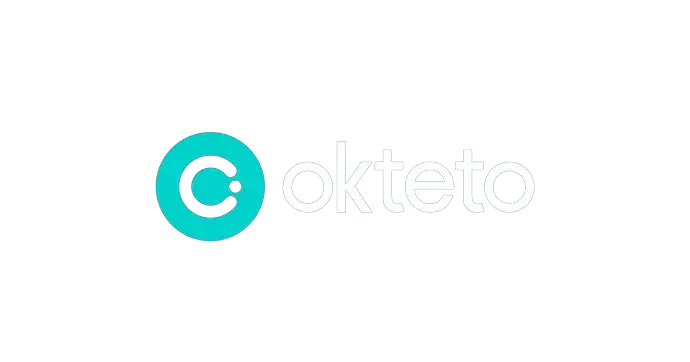

Ramiro Berrelleza
Founder and CEO of Okteto
Ramiro Berrelleza, CEO of Okteto: $18 Million Raised to Build the Future of Cloud Development


Lasse Andresen
CEO and Founder of IndyKite
Lasse Andresen, CEO and Founder of IndyKite: $10 Million Raised to Empower Teams to Move Beyond Legacy Identity and Access Management


Anish Dhar
Co-Founders of Cortex
Anish Dhar and Ganesh Datta, Co-Founders of Cortex: Over $52 Million Raised to Improve Developer Productivity

Jacob Moshenko
CEO & Co-Founder of Authzed
Jacob Moshenko, CEO & Co-Founder of Authzed: $15.9 Million Raised to Build the Future of Authorization Infrastructure


Sophie Novati
CEO and Founder of Formation
Sophie Novati, CEO and Founder of Formation: $9 Million Raised to Build a Virtual Fellowship Program for Software Engineers


Marcin Wyszynski
Co-Founder of Spacelift
Marcin Wyszynski, Co-Founder of Spacelift: Over $22 Million Raised to Build the Future of IaC Management


Stoyan Zulyamsky
Co-Founder of Costimize
Stoyan Zulyamsky, Co-Founder of Costimize: $5 Million Raised to Revolutionize Cloud Finance Management


Zach Lloyd
CEO and Founder of Warp
Zach Lloyd, CEO and Founder of Warp: $70 Million Raised to Build a Better Terminal


Stéphan Donzé
Founder of AODocs
How AODocs generates better cost-per-lead from 2,000-person regional events than 30,000-person conferences | Stéphan Donzé


Dylan Etkin
CEO and Co-Founder of Sleuth
Dylan Etkin, CEO and Co-Founder of Sleuth: $25 Million Raised to Make Engineering Teams More Efficient


Joshua Aaron
CEO of Aiden
Joshua Aaron, CEO Aiden, $3 Million Raised to Build the Future of Software Packaging and Deployment


Andrew Wolfe
Co-Founder and Co-CEO of Bloomfilter
Andrew Wolfe, Co-Founder and Co-CEO of Bloomfilter: $7 Million Raised to Power the Future of Process Mining


Paul Stovell
CEO and Founder of Octopus Deploy
Paul Stovell, CEO and Founder of Octopus Deploy: Over $170 Million Raised to Build the Future of Deployment Automation


David Siegel
David Siegel of Glide
David Siegel, CEO of Glide: Over $20 Million Raised to Power the Future of No-Code Application Development


Romaric Philogene
CEO of Qovery
Romaric Philogene, CEO of Qovery: $4 Million Raised to Help You Deploy Your Apps on AWS in Seconds


James Hawkins
CEO of PostHog
James Hawkins, CEO of PostHog: $21 Million Raised to Build the Future of Product Analytics


Ron Efroni
CEO and Co-Founder of Flox
Ron Efroni, CEO & Co-Founder of Flox: $28 Million Raised to Empower Developers with Reproducible Environments That Span the Enterprise SDLC


Nicolas Hourcard
CEO and Founder of QuestDB
Nicolas Hourcard, CEO & Founder of QuestDB: $15 Million Raised to Build the Leading Open-Source Time Series Database

Yadhu Gopalan
CEO and Founder of Esper
Yadhu Gopalan, CEO and Founder of Esper: $100 Million Raised to Build the Future of Android Device Management


Tommy Dang
Co-Founder & CEO of Mage
Tommy Dang, CEO of Mage: $6.3 Million Raised to Build a Modern Replacement For Airflow


Nilo Rahmani
CEO & Co-Founder of Thoras AI
Nilo Rahmani, CEO & Co-Founder of Thoras AI: $6.5 Million Raised to Build the Future of AI-Powered Infrastructure Optimization

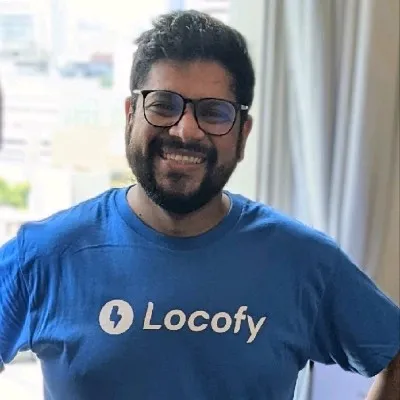
Honey Mittal
Co-Founder, CPO & CEO of Locofy.ai
Honey Mittal, CEO of Locofy.ai: $3 Million Raised to Build the Future of Frontend Development


Ariana Faustini
Head of Golioth
Ariana Faustini, Head of Global Marketing at Golioth: Embracing Authenticity in Developer Marketing


Prakash Chandran
Co-Founder and CEO of Xano
Prakash Chandran, Co-Founder and CEO of Xano: $5.4 Million Raised to Build the Next Generation of No-Code Backend Development


Paolo Fragomeni
CEO of Socket Supply
Paolo Fragomeni, CEO of Socket Supply: $3.5 Million Raised to Build the Future of P2P Computing


Gary Hoberman
CEO & Founder of Unqork
Gary Hoberman, CEO & Founder of Unqork: Over $400 Million Raised to Pioneer the Codeless as a Service (CaaS) Category


Kevin McNamara
CEO & Founder of Parallel Domain
Kevin McNamara, CEO & Founder of Parallel Domain: $44 Million Raised to Power the Future of Autonomy




